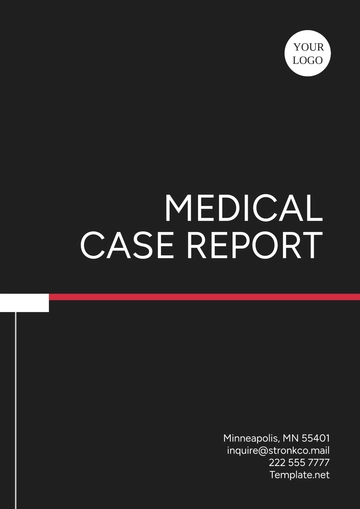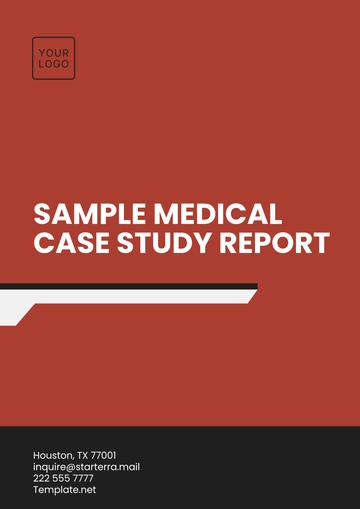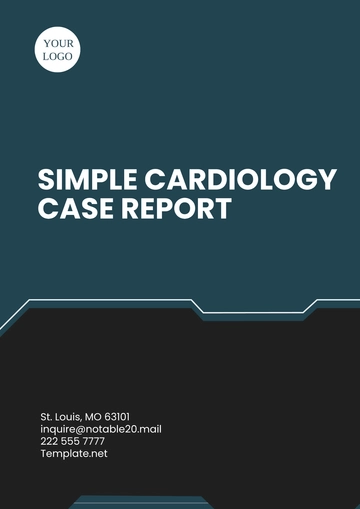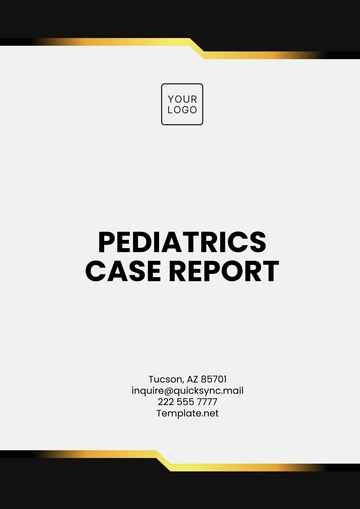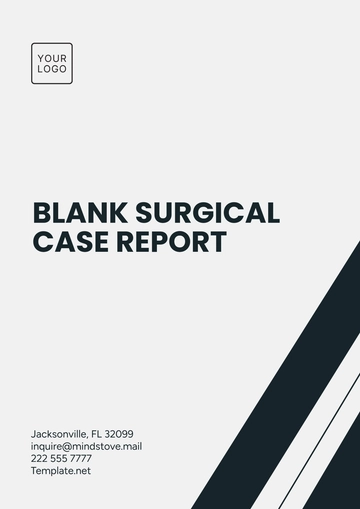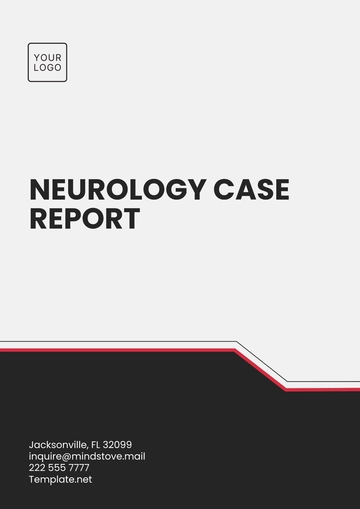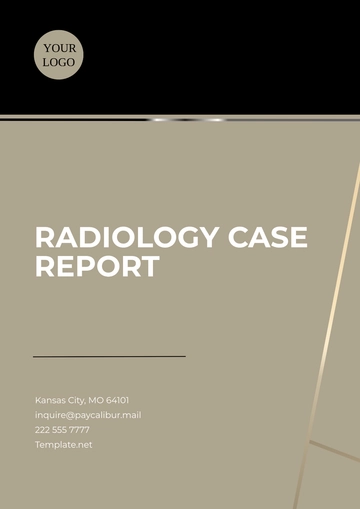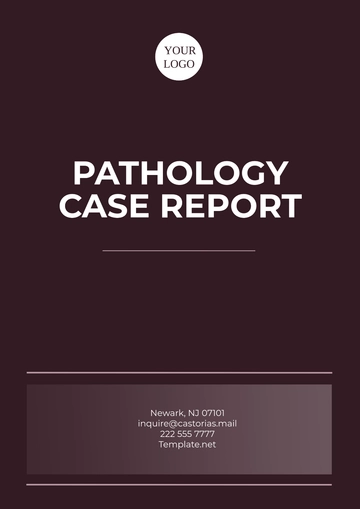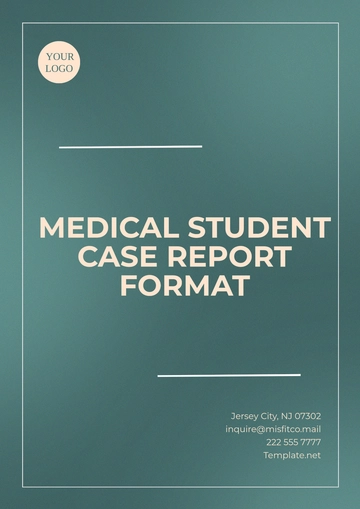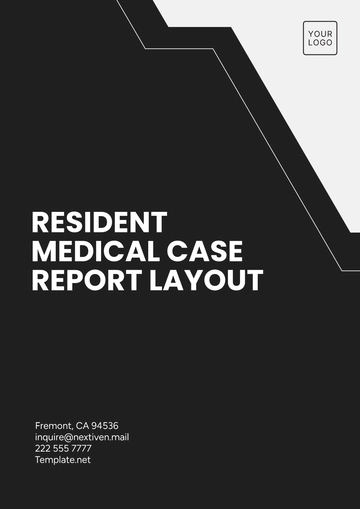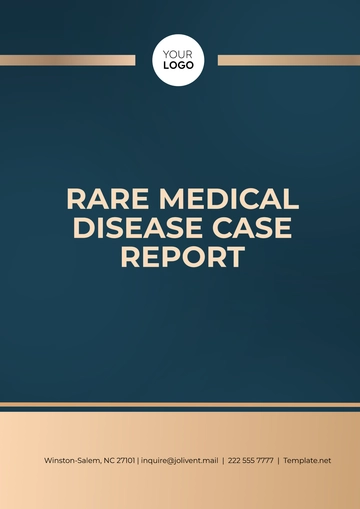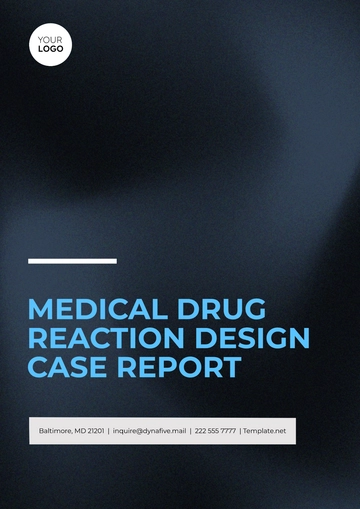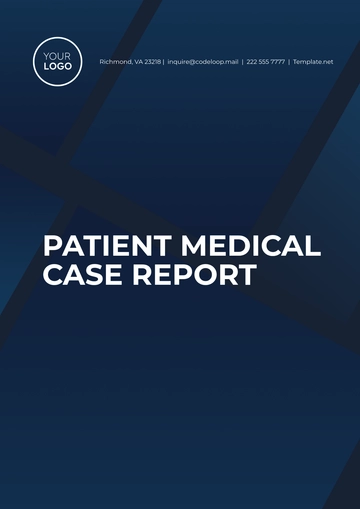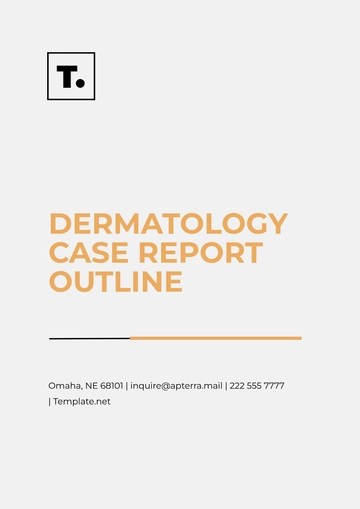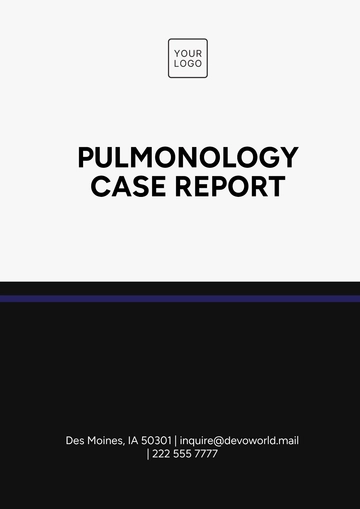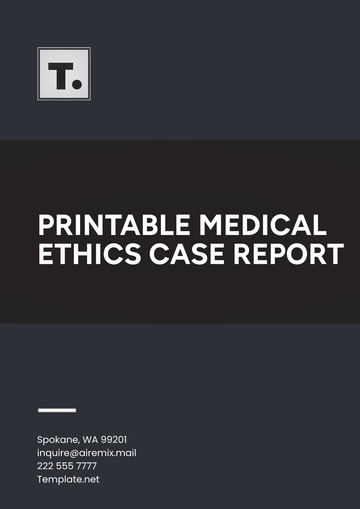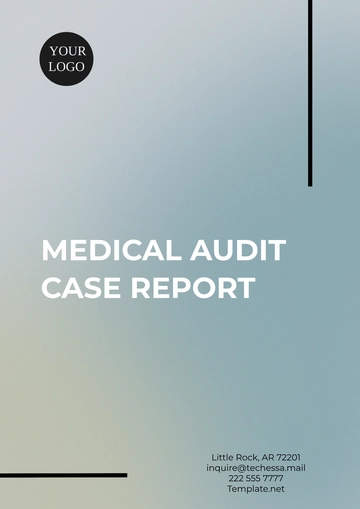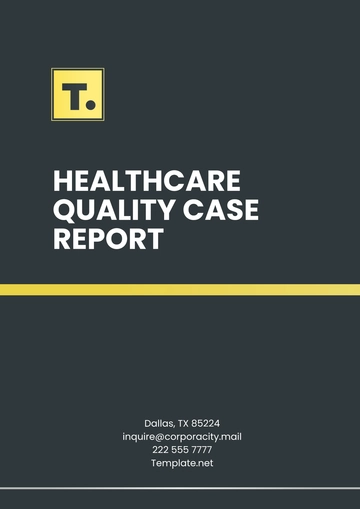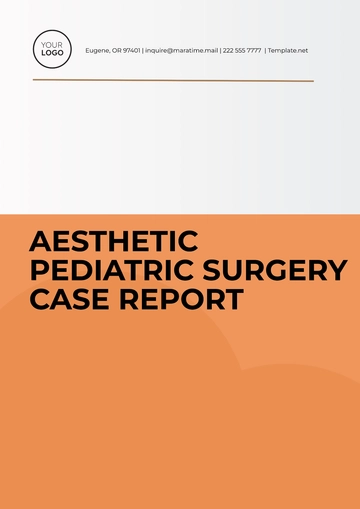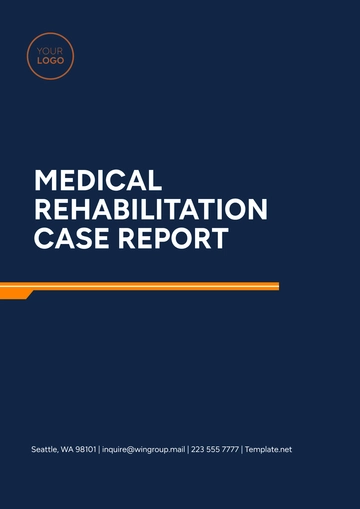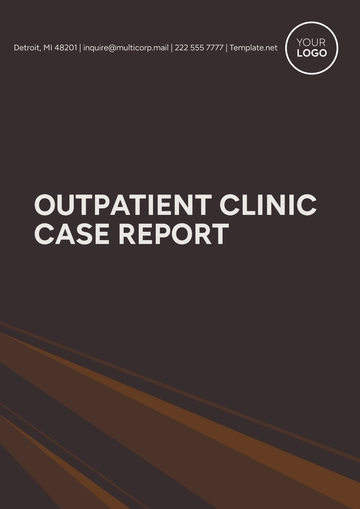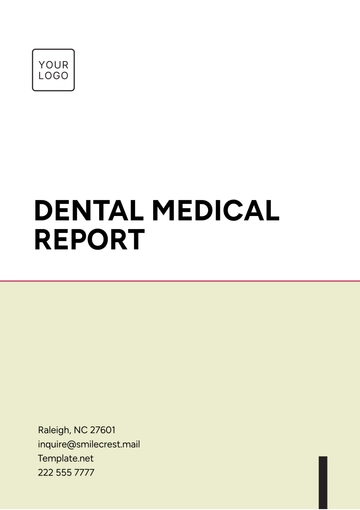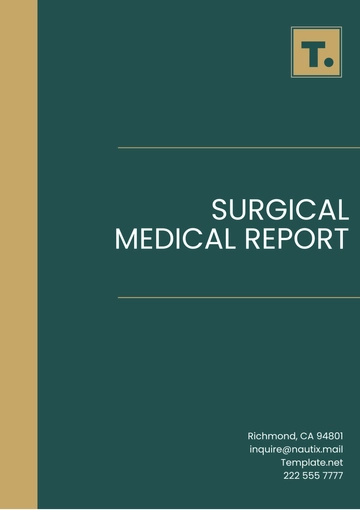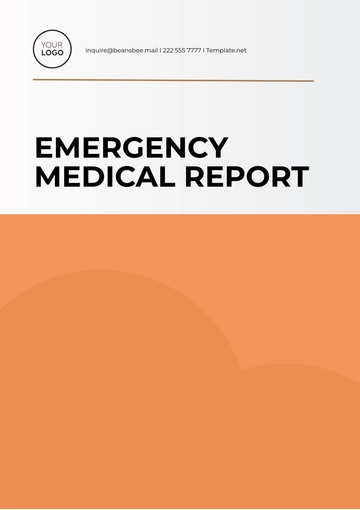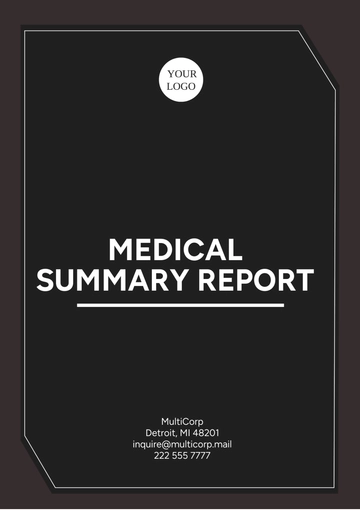Free Printable Medical Ethics Case Report
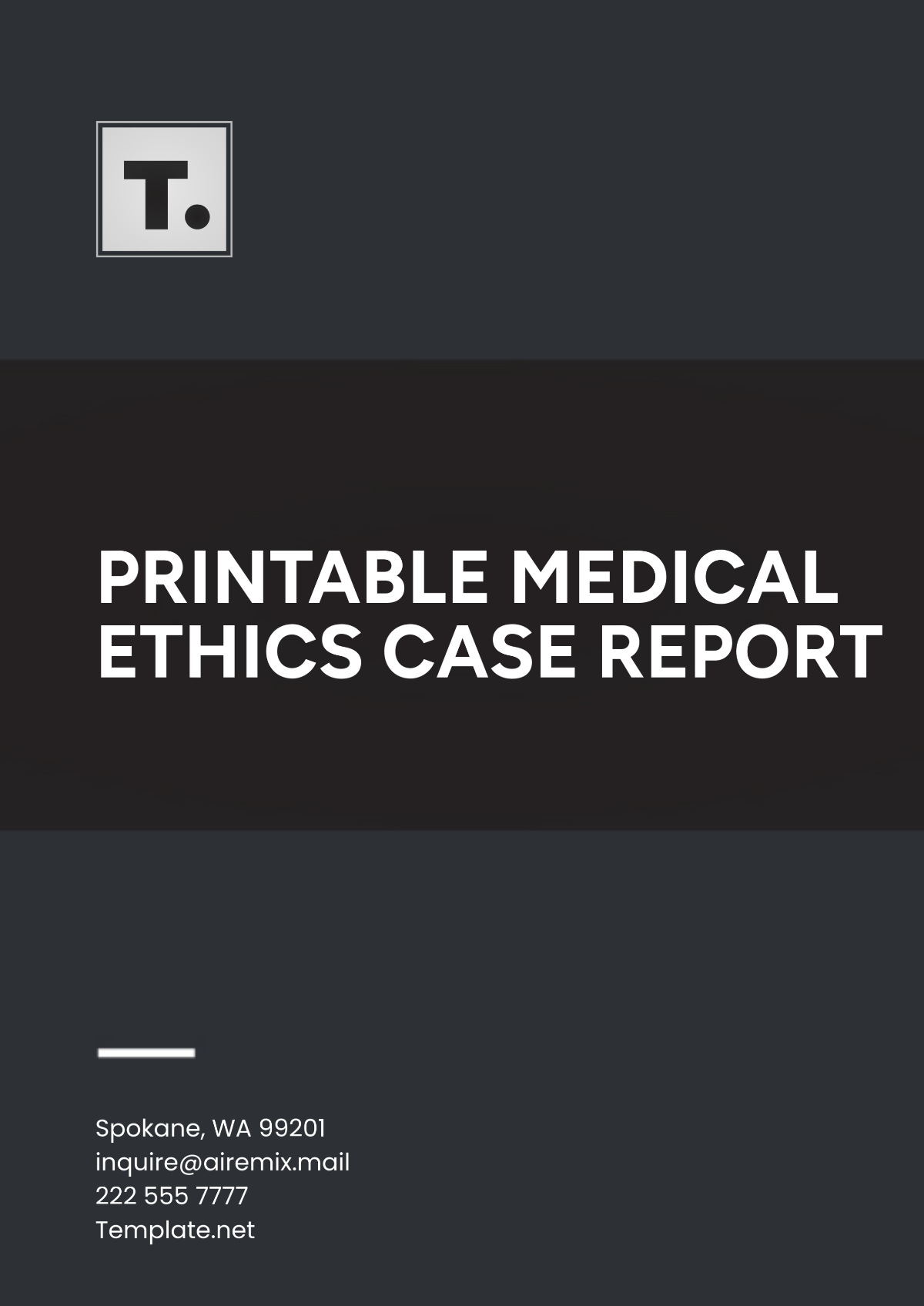
1. Patient Information
Patient ID: _____________________________
Age: ________________________________
Gender: ______________________________
Date of Birth: ________________________
Diagnosis: ___________________________
Primary Medical Condition: ___________________
Relevant Medical History:
(Include significant history such as comorbidities, allergies, and previous treatments.)Current Medications: ___________________________
2. Case Summary
Brief Overview of the Case:
(Provide a concise summary of the clinical context. Mention the main medical issue at hand, including any treatments, procedures, or interventions involved.)Initial Presentation: _______________________________
Current Status: _________________________________
Treatment Plan: _________________________________
Key Medical Facts:
(Identify the most significant medical facts influencing the ethical decision-making.)
3. Ethical Dilemma
Description of the Ethical Issue(s):
(Explain the core ethical dilemma. Are there conflicting values or principles at play, such as patient autonomy vs. physician beneficence, end-of-life care, or resource allocation?)Stakeholders Involved:
(List and describe all relevant parties in the case, including healthcare providers, patients, family members, and others. Consider any conflicts of interest or differing perspectives.)Healthcare Providers: ____________________________
Patient: _____________________________
Family Members/Guardians: ____________________________
Other Stakeholders (e.g., ethics committee, hospital administration): ____________
4. Ethical Framework Analysis
Key Ethical Principles at Play:
(Discuss how the four core ethical principles — autonomy, beneficence, non-maleficence, and justice — apply to the case. Are any principles in conflict?)Autonomy (Patient’s Right to Decide):
Beneficence (Acting in the Best Interest of the Patient):
Non-maleficence (Do No Harm):
Justice (Fairness and Equality in Treatment):
Utilizing Ethical Frameworks for Analysis:
(Consider applying ethical frameworks, such as utilitarianism, deontology, virtue ethics, or the principles of medical ethics. How do these perspectives influence decision-making?)Utilitarianism: (The greatest good for the greatest number)
Deontological Ethics: (Focus on duties and rules)
Virtue Ethics: (Focus on moral character and virtues)
5. Decision-Making Process
Options Considered:
(List all possible courses of action available in resolving the ethical issue. Consider alternatives from a medical, ethical, and patient-centered perspective.)Option 1: ________________________________________________
Option 2: ________________________________________________
Option 3: ________________________________________________
Rationale for the Chosen Decision:
(Describe the reasoning for choosing the final decision. Discuss the ethical justification, potential risks, and benefits involved.)Informed Consent Process:
(Was informed consent obtained from the patient or legal guardian? Describe how the patient was informed about their options, risks, and benefits.)Informed Consent Obtained: Yes/No
Method of Communication: (e.g., verbal, written)
Informed Consent Documentation: (How was consent documented?)
6. Impact and Outcome
The outcome of the Decision:
(What were the immediate and long-term outcomes of the decision? Discuss how the decision impacted the patient’s health, quality of life, and other stakeholders.)Psychosocial Impact:
(Discuss the psychological, social, or cultural impact of the decision on the patient, family, and community. Were there any emotional or relational consequences?)Lessons Learned:
(Reflect on what can be learned from this case. How did the resolution of the dilemma contribute to the improvement of medical practice or ethical decision-making?)
7. Conclusion
Summary of Ethical Analysis:
(Provide a brief, final summary of the ethical considerations, the decision made, and its justification.)Recommendations for Future Practice:
(Offer any suggestions for improving the handling of similar ethical issues in the future. This may include policy recommendations or proposed changes in practice.)
8. References
Ethical Guidelines:
(List relevant ethical guidelines, codes, or standards referenced during the analysis.)Medical Literature:
(List studies, articles, and textbooks used to inform the case analysis.)Other Sources:
(Include any additional sources, such as legal documents, expert consultations, or institutional policies.)
- 100% Customizable, free editor
- Access 1 Million+ Templates, photo’s & graphics
- Download or share as a template
- Click and replace photos, graphics, text, backgrounds
- Resize, crop, AI write & more
- Access advanced editor
This Printable Medical Ethics Case Report Template from Template.net provides a professional structure for documenting medical ethics cases. Fully editable and customizable, it allows healthcare professionals to tailor reports to their needs. Easily editable in our Ai Editor Tool, this template streamlines the process, ensuring a precise, compliant, and clear case report every time.
You may also like
- Sales Report
- Daily Report
- Project Report
- Business Report
- Weekly Report
- Incident Report
- Annual Report
- Report Layout
- Report Design
- Progress Report
- Marketing Report
- Company Report
- Monthly Report
- Audit Report
- Status Report
- School Report
- Reports Hr
- Management Report
- Project Status Report
- Handover Report
- Health And Safety Report
- Restaurant Report
- Construction Report
- Research Report
- Evaluation Report
- Investigation Report
- Employee Report
- Advertising Report
- Weekly Status Report
- Project Management Report
- Finance Report
- Service Report
- Technical Report
- Meeting Report
- Quarterly Report
- Inspection Report
- Medical Report
- Test Report
- Summary Report
- Inventory Report
- Valuation Report
- Operations Report
- Payroll Report
- Training Report
- Job Report
- Case Report
- Performance Report
- Board Report
- Internal Audit Report
- Student Report
- Monthly Management Report
- Small Business Report
- Accident Report
- Call Center Report
- Activity Report
- IT and Software Report
- Internship Report
- Visit Report
- Product Report
- Book Report
- Property Report
- Recruitment Report
- University Report
- Event Report
- SEO Report
- Conference Report
- Narrative Report
- Nursing Home Report
- Preschool Report
- Call Report
- Customer Report
- Employee Incident Report
- Accomplishment Report
- Social Media Report
- Work From Home Report
- Security Report
- Damage Report
- Quality Report
- Internal Report
- Nurse Report
- Real Estate Report
- Hotel Report
- Equipment Report
- Credit Report
- Field Report
- Non Profit Report
- Maintenance Report
- News Report
- Survey Report
- Executive Report
- Law Firm Report
- Advertising Agency Report
- Interior Design Report
- Travel Agency Report
- Stock Report
- Salon Report
- Bug Report
- Workplace Report
- Action Report
- Investor Report
- Cleaning Services Report
- Consulting Report
- Freelancer Report
- Site Visit Report
- Trip Report
- Classroom Observation Report
- Vehicle Report
- Final Report
- Software Report
